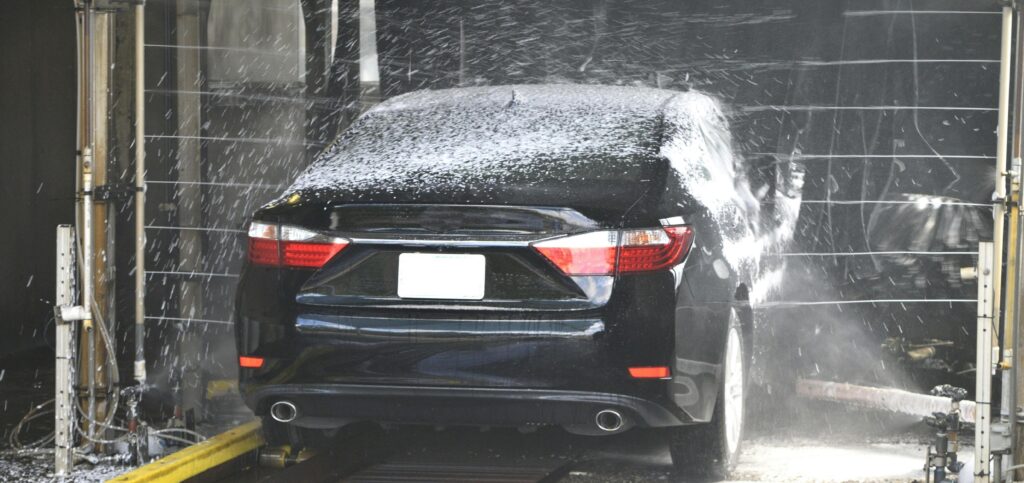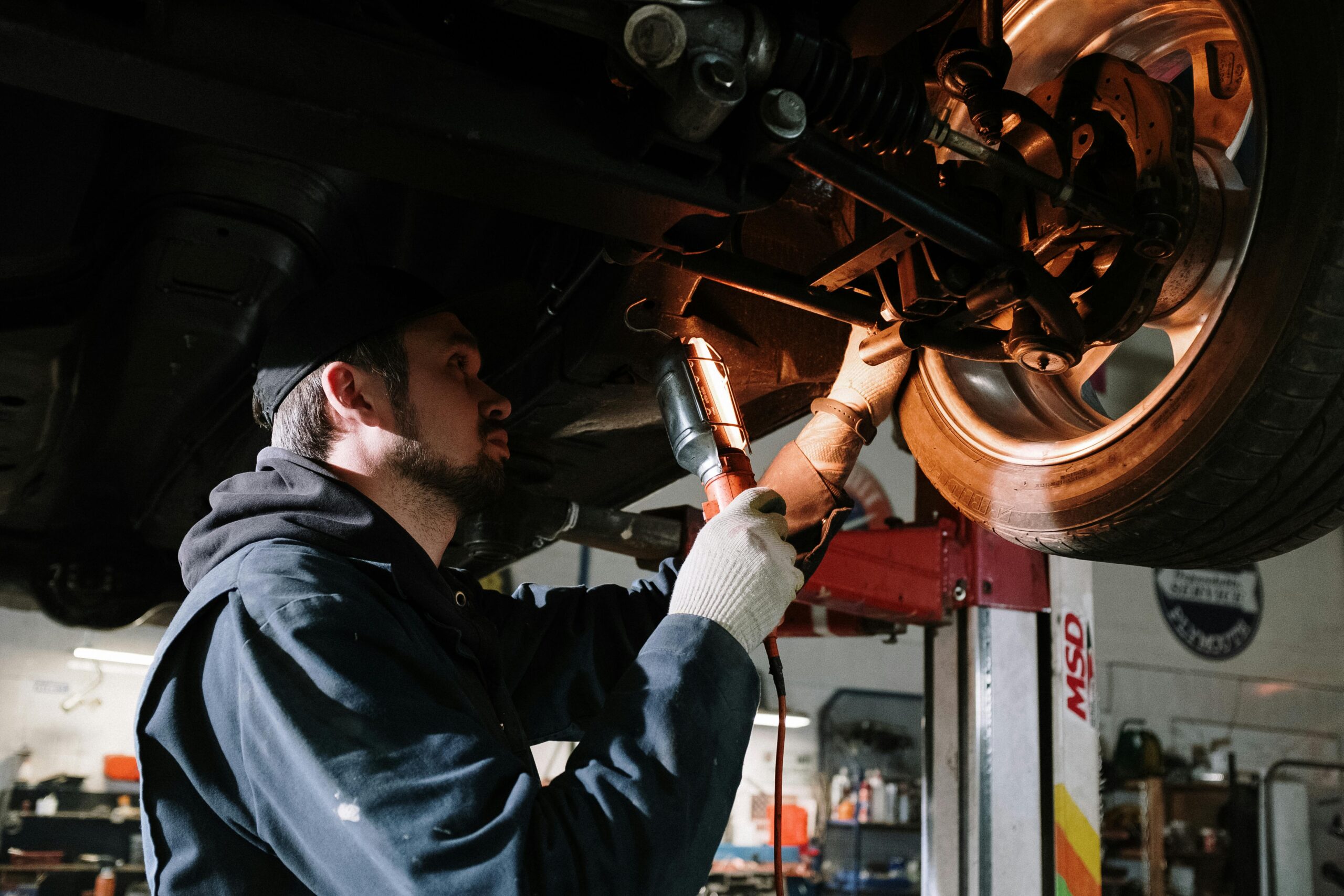Introduction
In today’s fast-paced world, owning a car has become more of a necessity than a luxury. However, with the convenience of having your own vehicle comes the responsibility of proper maintenance. Neglecting regular upkeep can lead to costly repairs and safety hazards down the road. To help you keep your car running smoothly and safely, here are seven essential car maintenance tips every driver should know.

Essential Fluid Checks
Engine Oil:

One of the most critical aspects of car maintenance is checking and changing the engine oil regularly. Engine oil lubricates the moving parts of the engine, preventing friction and excessive wear. Failure to maintain proper oil levels can result in engine damage and decreased performance. Check the oil level using the dipstick regularly, and top up or change the oil as needed.
Coolant:
Coolant, also known as antifreeze, plays a vital role in regulating engine temperature and preventing overheating. Insufficient coolant levels or leaks in the cooling system can lead to engine damage and breakdowns. Regularly check the coolant level in the reservoir and inspect for any leaks under the car. Top up the coolant as needed and flush the system according to the manufacturer’s recommendations.
Brake Fluid:
Brake fluid is responsible for transmitting the pressure from the brake pedal to the brake components, allowing you to stop safely. Check the brake fluid level regularly and ensure it is within the recommended range. If the fluid is low, it may indicate a leak in the brake system, which should be addressed immediately to maintain braking performance and safety.
Tire Maintenance
Tire Pressure:
Proper tire pressure is essential for safe handling, fuel efficiency, and tire longevity. Use a tire pressure gauge to check the pressure regularly, including the spare tire. Refer to the owner’s manual or the sticker inside the driver’s side door jamb for the recommended tire pressure. Underinflated tires can lead to increased fuel consumption, uneven tire wear, and poor handling.
Tire Tread Depth:
Inspecting the tire tread depth is crucial for maintaining traction and grip on the road, especially in wet or slippery conditions. Use a tread depth gauge or the penny test to measure the depth of the tire tread. Replace tires that have worn down to the minimum tread depth to ensure optimal safety and performance.
Wheel Alignment:
Wheel alignment refers to the angle at which the tires make contact with the road surface. Misaligned wheels can cause uneven tire wear, poor handling, and steering issues. Schedule regular wheel alignments to ensure that the wheels are properly aligned according to the manufacturer’s specifications.
Battery Care
Battery Health:

The car battery is responsible for providing electrical power to start the engine and operate various electrical components. Check the battery terminals for corrosion and ensure they are clean and tight. Test the battery voltage regularly, especially before long trips, and replace the battery if it shows signs of weakness or is nearing the end of its lifespan.
Charging System:
The alternator is responsible for charging the battery and providing power to the electrical system while the engine is running. A malfunctioning alternator can lead to battery drain and electrical issues. Monitor the voltage output of the charging system and have it tested by a professional if you suspect any issues.
Battery Replacement:
Car batteries typically last between three to five years, depending on usage and environmental factors. Replace the battery proactively before it fails to prevent unexpected breakdowns. When replacing the battery, choose one that meets the specifications recommended by the manufacturer for optimal performance and compatibility. (7 Car Maintenance Tips Every Driver Should Know)
Engine Maintenance
Air Filter Replacement:
The air filter prevents dust, dirt, and debris from entering the engine and causing damage to internal components. A clogged air filter can restrict airflow to the engine, leading to decreased performance and fuel efficiency. Check the air filter regularly and replace it if it appears dirty or clogged.
Spark Plug Inspection:
Spark plugs are responsible for igniting the air-fuel mixture in the engine cylinders, powering the combustion process. Worn or fouled spark plugs can lead to misfires, rough idling, and poor fuel economy. Inspect the spark plugs regularly and replace them according to the manufacturer’s recommendations.
Fuel System Maintenance:
The fuel system consists of various components, including the fuel filter, fuel pump, and fuel injectors, responsible for delivering fuel to the engine. Regularly inspect and replace the fuel filter to prevent contaminants from entering the engine and ensure proper fuel flow. Clean the fuel injectors periodically to maintain optimal fuel delivery and engine performance.
Exterior Care
Washing and Waxing:

Regular washing and waxing not only keep your car looking clean and shiny but also protect the paintwork from environmental damage. Wash the car regularly to remove dirt, debris, and road salt that can corrode the paint and cause rust. Apply wax to provide a protective layer that repels water and contaminants.
Headlight Maintenance:
Cloudy or yellowed headlights can reduce visibility and compromise safety, especially during nighttime driving. Use a headlight restoration kit to remove oxidation and restore clarity to the headlights. Regularly inspect the headlights for any cracks or damage and replace them if necessary.
Wiper Blade Replacement:
Wiper blades play a crucial role in maintaining visibility during inclement weather by clearing rain, snow, and debris from the windshield. Inspect the wiper blades regularly for signs of wear, such as streaking or skipping. Replace the wiper blades every six to twelve months or as soon as they show signs of deterioration.
Interior Care
Cleaning and Vacuuming:
Keeping the interior of your car clean and tidy not only enhances comfort but also preserves the resale value. Vacuum the carpets, seats, and floor mats regularly to remove dirt, crumbs, and debris. Use interior cleaning products to clean surfaces such as dashboard, door panels, and upholstery.
Air Conditioning Maintenance:
The air conditioning system keeps you comfortable during hot summer months by regulating the interior temperature of the car. Have the AC system inspected and serviced annually to ensure proper refrigerant levels, system operation, and cooling performance. Clean or replace the cabin air filter to maintain clean air quality inside the car.
Odor Elimination:
Unpleasant odors inside the car can detract from the driving experience and indicate underlying issues such as mold or mildew growth. Use odor eliminators or air fresheners to neutralize odors and keep the interior smelling fresh. Identify and address the source of odors, such as spills or leaks, to prevent them from recurring.
Conclusion

In conclusion, proactive car maintenance is essential for ensuring the longevity, reliability, and safety of your vehicle. By following these seven car maintenance tips, you can keep your car in top condition and minimize the risk of unexpected breakdowns and costly repairs. Remember to schedule regular inspections and servicing according to the manufacturer’s recommendations to address any issues before they escalate.
FAQs
How often should I change my engine oil?
Engine oil should be changed every 5,000 to 7,500 miles or as recommended by the manufacturer.
When should I replace my car battery?
Car batteries typically last between three to five years, but factors such as extreme temperatures and driving habits can affect lifespan.
How do I know if my tires need replacing?
Inspect the tire tread depth regularly and replace tires that have worn down to the minimum tread depth of 2/32 inches.
Why is wheel alignment important?
Proper wheel alignment ensures even tire wear, improves fuel efficiency, and enhances vehicle handling and safety.
Can I wash my car with dish soap?
While dish soap may effectively remove dirt and grime, it can strip wax and damage the paintwork, so it’s best to use car-specific shampoo.
How often should I replace my windshield wipers?
Wiper blades should be replaced every six to twelve months or as soon as they show signs of deterioration.
Read more about THE FOOTBALL MATCHES THAT TOOK THE SPORTING WORLD BY STORM




